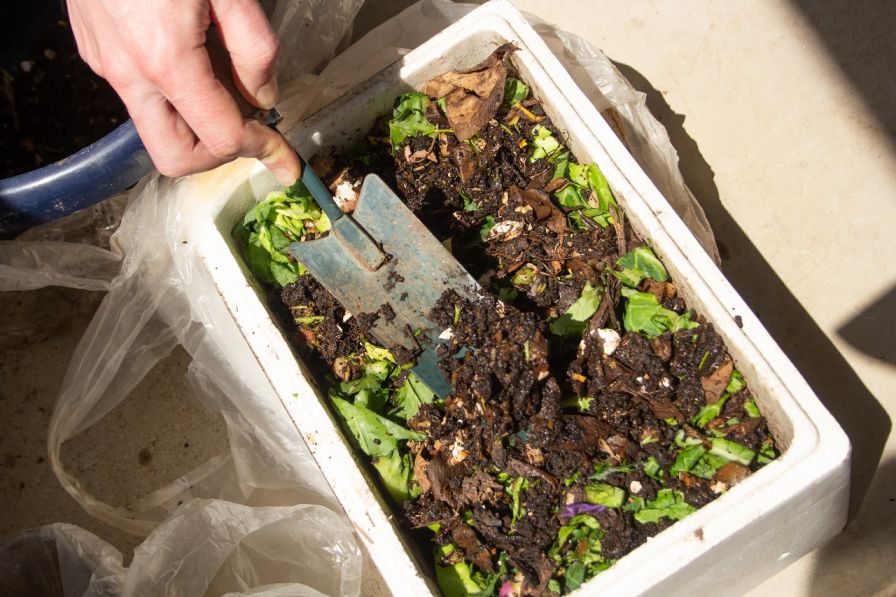OR
Express Checkout
We guarantee to have the lowest price! Find the same bin for a cheaper price and we will beat it!

Some local authorities are halting garden waste collections over the winter. Whether or not this affects your household, it’s always a good time to improve the way you recycle garden waste and food scraps. Here are some hints and tips on making a compost heap and maintaining it throughout the year.
What can go into compost?
Greens: All kinds of food waste are ideal, from old bread and chicken bones to used teabags and plate scrapings. Grass cuttings, leaves and other green materials are also great additions.
Browns: Dead leaves and plants, shredded paper and even sawdust from untreated wood can be added, nicely bulking up your compost and adding to its richness.

How does it work?
Storage: First off, unless you want a stinky pile of decaying materials in your garden, invest in a compost bin. The container will also optimise the conditions required for the waste to transform into compost.
Heat: Compost is self-heating. As the organisms break down naturally, chemical reactions raise the temperature of the pile, which helps it to break down even further.
Moisture: Some materials dry out during the decay process, but most become moist and help the entire pile to break down completely. Add a sprinkling of water to the heap if required to increase its quality.
Oxygen: Turning the compost regularly will help to prevent nasty odours as well as aerate the contents.

Image courtesy of WRAP UK
What to do during freezing weather
Cut up waste: Because cold weather slows down the decaying process, dividing food and garden waste into smaller pieces will help the compost heap to maintain momentum.
Food caddies: Use an indoor food caddy and biodegradable bags to save up kitchen waste. Once it’s full, add it to your main compost bin. Temporary indoor storage will also help the materials to decay thanks to ambient temperature.
Insulate your compost bin: The bin may already be insulated, but if the weather is especially cold you could surround it with hay bales, cardboard or sheets of Styrofoam. You could also add extra leaves saved from autumn to the top of the pile.
Stop rotating the pile: When it’s cold, simply leave the compost to do its thing. Rotating the materials will let in cold air, slowing the process.

What to do in springtime
Don’t let it get too soggy: If the compost has become wet, add fallen leaves as they’ll dry it out naturally and add to the mulch.
Use as required: You don’t have to empty the full bin as soon as the frost thaws. Just apply compost when needed and keep adding to the pile, rotating to keep it fresh.
Keep it up: Don’t stop composting! Though your council may collect organic waste, every household that uses its own compost means less pressure on local resources and more lovely gardens!
Share it: If you have more compost than required, see if your neighbours could do with some. Is there an allotment nearby? We’re sure they’d be delighted to take some off your hands.
Have some tips of your own?
Tweet them to @WheelieBinss and we’ll share them